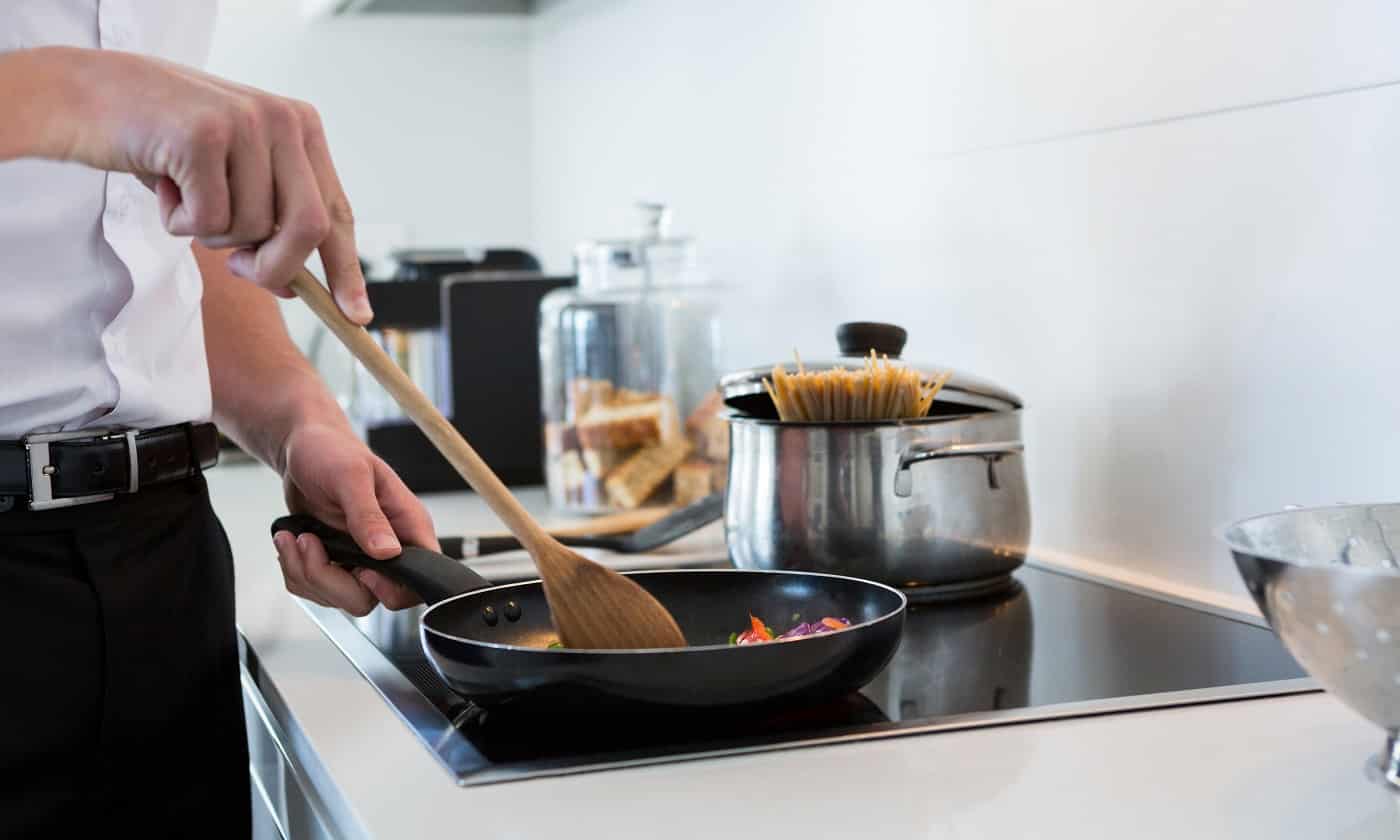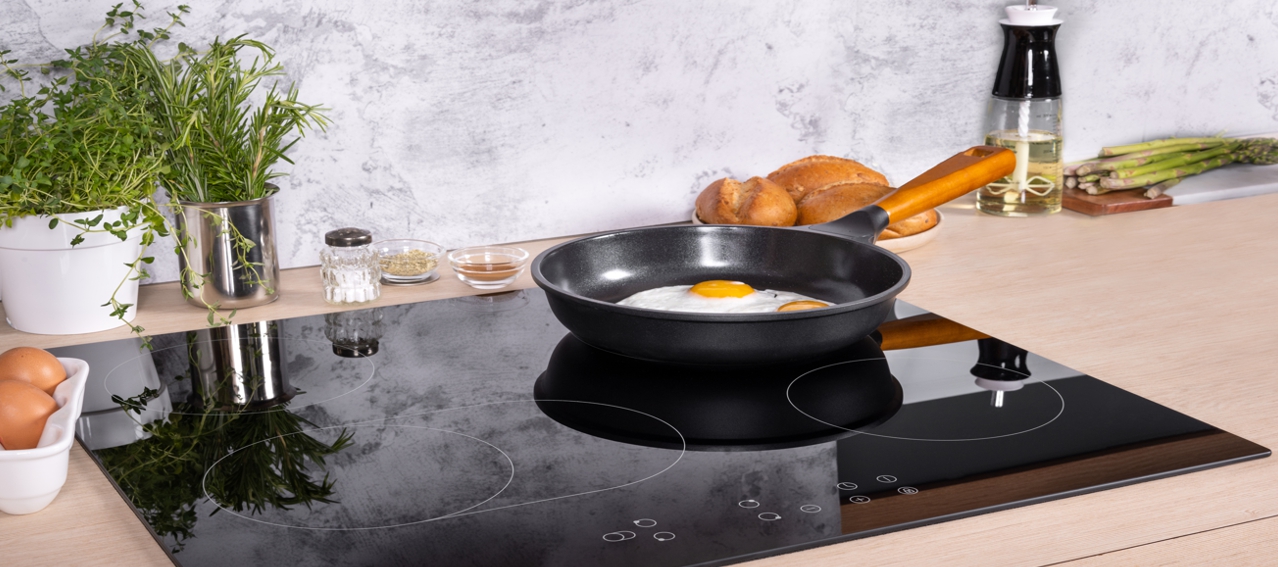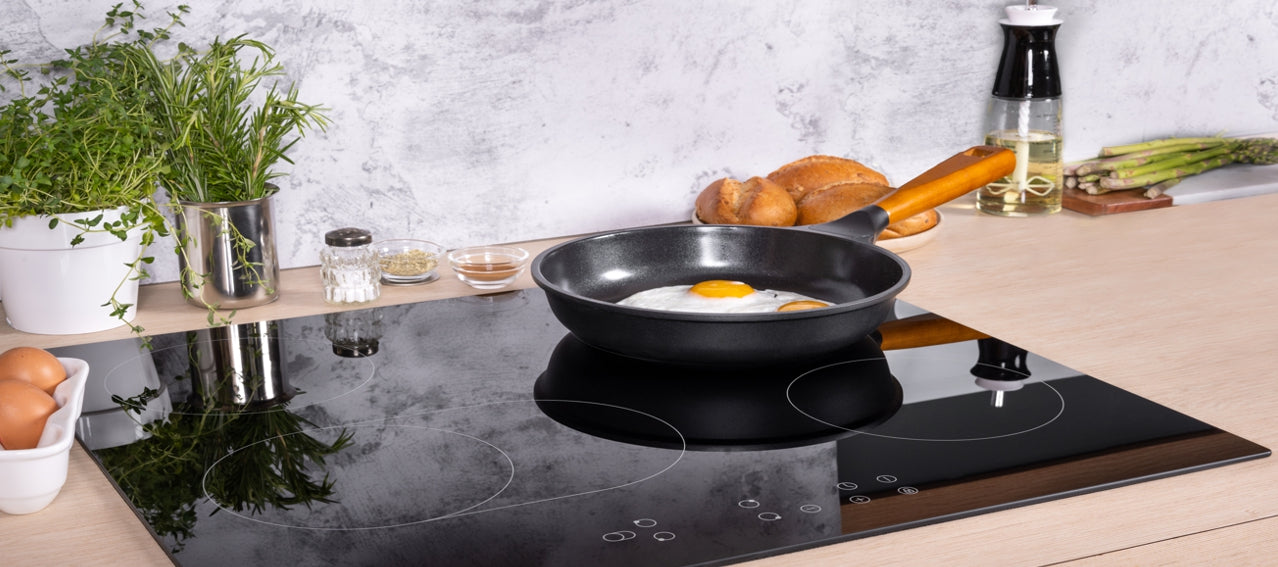For kitchen professionals, the art of maintaining cookware is as crucial as mastering a recipe. The marriage of cast iron cookware and induction cooktops is like a culinary symphony, but it requires a keen understanding of cast iron seasoning after induction use to ensure longevity and optimal performance. Cast iron, with its unparalleled heat retention and natural non-stick surface, is a beloved staple in professional kitchens. However, its maintenance, especially after using it on induction, can be a delicate affair.

Understanding the Dynamics of Induction Cooking
Induction cooktops, known for their efficiency and speed, use magnetic fields to heat cookware directly. This technology provides precise temperature control, making it a favorite among chefs. But, does it impact the seasoning of cast iron? The answer lies in understanding how induction works. According to Wikipedia, induction cooking heats the pan directly rather than the cooktop surface, which is why cast iron, being ferromagnetic, is ideal for induction.
Why Seasoning Matters
The seasoning on cast iron is essentially a layer of polymerized oil. This layer not only provides a non-stick surface but also protects the pan from rust. Each time you use a cast iron pan, especially on induction, the seasoning can be affected. The high and direct heat can cause the seasoning to deteriorate if not properly maintained. This is why understanding the process of cast iron seasoning after induction use is essential for every kitchen professional.
Steps to Properly Season Cast Iron After Induction Use
1. Clean Thoroughly: After cooking, allow your pan to cool slightly. Avoid rinsing it with cold water immediately as this can cause warping. Instead, use a brush or sponge to remove food residues. For tips on cleaning, read How to Clean Cast Iron.
2. Dry Completely: Ensure your pan is completely dry to prevent rust. You can place it on a low burner to evaporate any remaining moisture.
3. Apply Oil: Use a high smoke point oil like flaxseed or grapeseed oil. Apply a thin layer to the entire surface of the pan, inside and out.
4. Heat Gently: Place the pan upside down in a preheated oven at 450F (232C). Bake for an hour to polymerize the oil, which forms the seasoning layer.
Common Mistakes to Avoid
Many chefs make the mistake of using too much oil, which can result in a sticky surface. Another common error is not heating the pan enough to allow the oil to properly bond with the iron. For further insights into avoiding such mistakes, consider reading our guide on Removing Stains from Induction.
Benefits of Properly Seasoned Cast Iron
A well-seasoned cast iron pan offers numerous benefits. It provides a naturally non-stick surface, enhances the flavor of your dishes, and ensures even heat distribution. Plus, its a sustainable choice, reducing the need for disposable non-stick pans. Discover more about the advantages of cast iron on induction by visiting Field Company's Guide.
Conclusion
Mastering the art of cast iron seasoning after induction use is a skill that every kitchen professional should hone. It not only extends the life of your cookware but also enhances your cooking experience. By following the proper steps and avoiding common pitfalls, you can ensure that your cast iron remains a reliable ally in your culinary adventures.

FAQs
Q1: Can I use any oil for seasoning?
A: It's best to use oils with high smoke points, such as flaxseed or grapeseed oil, to ensure a durable seasoning layer.
Q2: How often should I season my cast iron after induction use?
A: Regular maintenance is key. If you notice food sticking or the surface looking dull, it might be time to reapply a seasoning layer.
Q3: Can induction cooking damage my cast iron?
A: While induction cooking is safe for cast iron, improper use or neglect in maintenance can lead to issues. Ensure proper seasoning to maintain your cookware's integrity.






Leave a comment
This site is protected by hCaptcha and the hCaptcha Privacy Policy and Terms of Service apply.